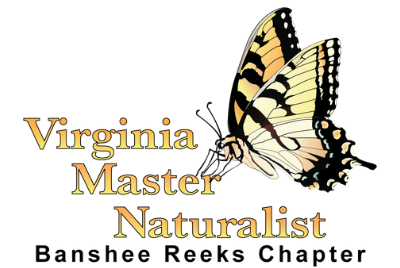Book Review: Field Guide to the Natural World of Washington
Field Guide to the Natural World of Washington,
D.C. By Howard Youth. Baltimore: Johns Hopkins
University Press. 2014, 393pp.
By Sheila Montalvan
This compact guide to Washington, D.C. parks and natural areas identifies many common plants, trees, birds, insects, mammals, etc., which are also found in Loudoun County. The beautifully illustrated guide is for those of us who may appreciate the urban environment of the capital city, but are also fond of nature-based recreation.
The book is written by Howard Youth, a local the Washington area in that its west side runs along the Fall Line, “where rolling Piedmont cedes to a gradually leveling Coastal Plain.” And, with the merging of the Anacostia and Potomac rivers, the city is a “floral and faunal melting pot.”
In D. C., one can take a hike through a forest, canoe down a river, or see an endangered bird. This book is a handy guide to natural recreation activities, parks of various sizes, and the living things that are part of them.
The book is divided into four sections Northwest, Northeast, Southwest, and Southeast, and includes such parks as Rock Creek Park, the National Arboretum (a personal favorite), Roosevelt Island, and Glover Archbold Park.
At 1,754 acres, Rock Creek Park is twice as large as New York’s Central Park, and is the oldest urban National Park in the U. S. Rock Creek Park has the largest density of raccoons in the United States, and coyotes have been inhabitants since at least 2004. Peirce Mill dam is in the park, and is “A place to watch for night-herons, wood ducks, and migrating herring along the ladder-like “fishway” installed there” in 2006. The guide is great for identifying natural areas in Washington that may not be as well-known as Rock Creek Park. For instance, the Chesapeake and Ohio Canal National Historical Park, with over 19,000 acres, is comprised of over 80% floodplain forest, and “more than 2,000 species of plant and animal have been identified in the park.” Also, Fort Dupont Park, located on F Street, S.E., is “one of the largest protected forests in the city.” According to Youth, the oak trees provide acorns for the many wild turkeys spotted in the park, and “is an important nesting habitat for D.C.’s official bird, the wood thrush.”
My only gripe with this book is that the parks are only listed in the Contents section by area: Northwest, Northeast, Southwest, and Southeast. So, if you were looking for a particular park or site, it might be more difficult to locate in the book. However, each plant, animal, tree, insect, etc., etc. is listed in the Contents. The guide would be perfect for those making the trek with family and friends into the city to see the monuments, but may also want to visit a less urban area.
